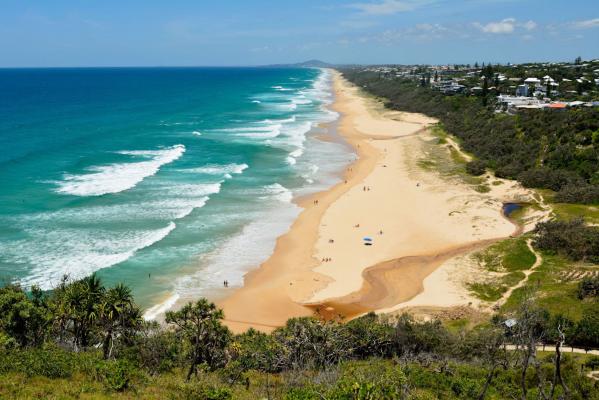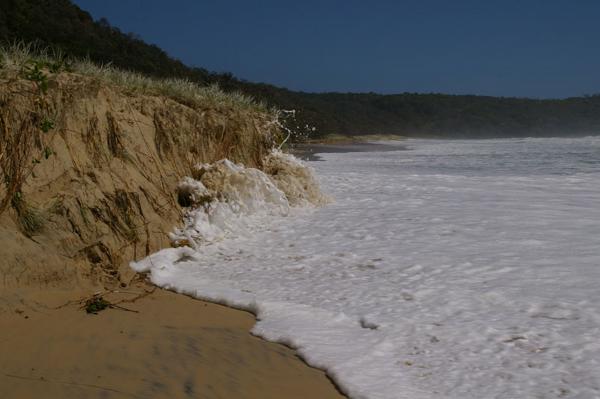The ongoing dispute between Noosa Council and lobbyist group, the Eastern Beaches Protection Association, over the adoption of Council’s draft Coastal Hazard Adaption Plan has escalated to the national stage, with a leading climate change scientist dubbing the barney “the Noosa effect”.
Dr Karl Mallon, director of science and systems at Climate Risk, whose work is widely used by banks and other organisations that rely on accurate predictions of threats, coined the phrase while commenting on the ABC’s Australia Talks National Survey 2021, which asked a cross-section of Australians: “How much should the federal government do to tackle climate change?” According to the ABC, the answers ranged from “more” to “less” to “about the same”, but when these results were cross-referenced with the estimated climate risk in each electorate, the results were surprising.
People in electorates threatened by the impacts of climate change — such as those in on the Sunshine Coast and Gold Coast — were less likely to say climate change was a threat, or demand government action. Australia Talks asked Dr Mallon to explain.
“Climate risk data is used to estimate the future impact of climate change on property and infrastructure, and is calculated by combining “engineering data about buildings with weather data, climate change data, data about forests, soils, elevation, and height above sea level,” he said. “And that all goes into a washing machine of computer code, and the computer spits out a raw figure: the climate risk.”
According to the Climate Risk data, several electorates most threatened by the impacts of climate change but less likely to demand government action are on Queensland’s Gold Coast and Sunshine Coast. But why were people here less likely to see climate change as a threat? Dr Mallon said the answer was complex but one factor may be “the Noosa effect”.
He went on to describe the EBPA’s fight against CHAP, saying preparation for rising sea levels was seen by the group as hurting property prices and insurance costs.
“You’ve got short-term versus a long-term interest,” Dr Mallon said. “The long-term self-interest says I should protect my property, but the short-term says these warnings on my sales certificate will devalue my property.”
With a high-profile roll call of members, former mining industry lobbyist Minna Knight out front as spokesperson, and mining and development big league lobbying firm Next Level hired to develop the back room strategy, there is no doubt that EBPA means business, and the group has won support from several Noosa-based citizens’ groups since it was formed earlier this year, but at the same time its attack on CHAP has enraged local environmental protection groups.
“The eastern beaches group is a self-interested clique of investment gamblers, seeking to shift their significant climate change risk from themselves to every ratepayer across Noosa Shire,” Noosa Parks Association vice president Michael Gloster told Noosa Today. “It will be interesting to see which Noosa councillors have the spine to protect the clear majority of ratepayers against this clique’s attempted smash and grab.”
Announcing the formation of EBPA in March, Ms Knight told Noosa Today “the current plan does nothing to protect the local environment and adversely impacts a number of communities at significant economic cost. There’s also a growing awareness that these planning changes won’t just affect the eastern beaches but will ultimately have to extend to homeowners in low lying areas in the future.
“More people are learning that the draft plan does absolutely nothing to protect our beaches, waterways and public land, but can still have a significant economic cost caused by Council proposing planning changes stopping people improving their homes.”
The 130-page draft CHAP document, the first stage of a multi-year program to prepare Noosa for climate change, emphasises that potential sea level rise could affect different parts of Noosa Shire by 2040, and significantly by 2100. It considers the $220 million projected cost of replenishing sand from Peregian Beach to Sunshine Beach over the next 80 years to be potentially good value, but it largely ruled out the use of rock walls to protect beachside areas and the valuable homes lining them.
The plan is currently “on pause” until November, pending the examination of community responses.








